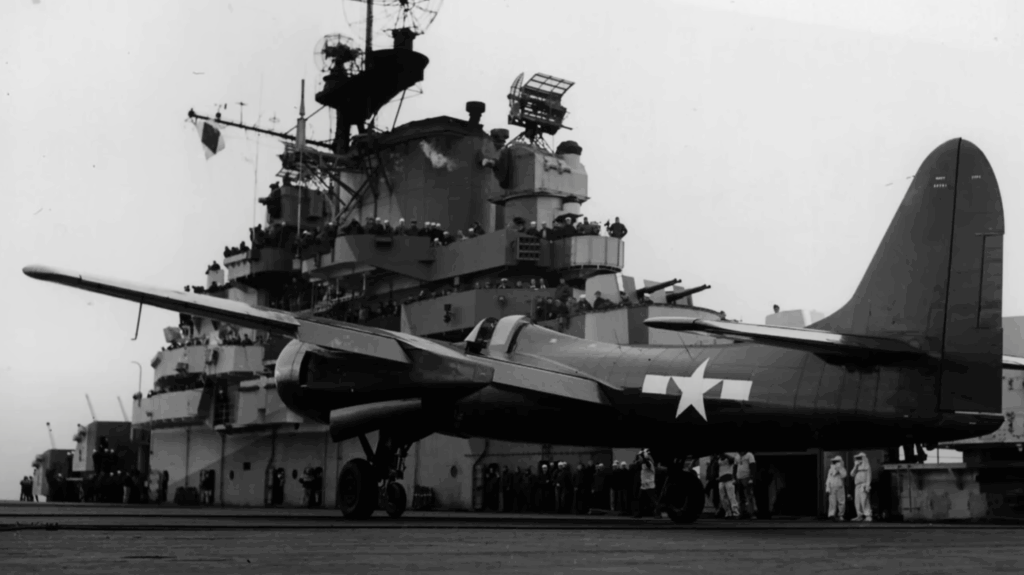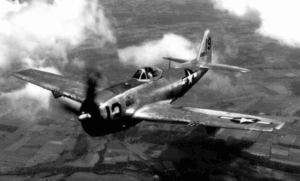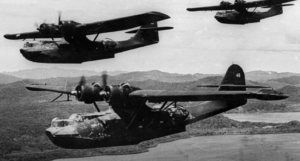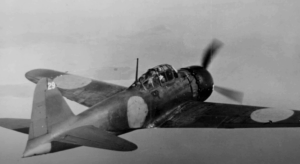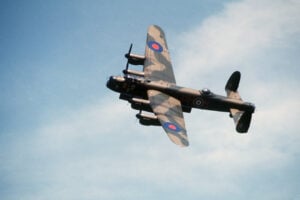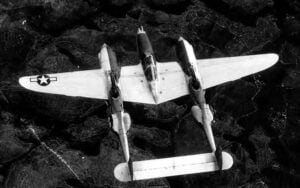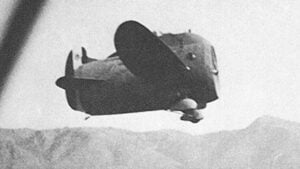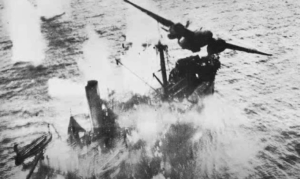The Beast That Came Too Late in WWII—The Last Chapter of Grumman During the War
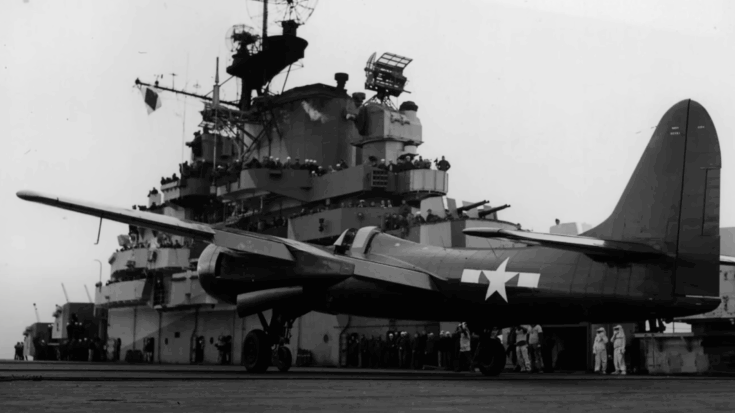
World of Warbirds / YouTube
Grumman had already established itself with some of the most effective single-engine naval aircraft of World War II. Planes like the F4F Wildcat and F6F Hellcat helped push back enemy forces in the Pacific. But even with this success, Grumman engineers couldn’t shake the idea of building a twin-engine naval fighter. They had tried before with the XF5F Skyrocket, which showed promise but never reached full production. Undeterred, they kept going. Their work led to one of the largest and most powerful piston-engine fighters the U.S. ever produced: the F7F Tigercat.
The Road to the Tigercat
Grumman’s early efforts at a twin-engine fighter began with the XF5F and the Army’s XP-50. The XP-50 was based on the same concept but aimed at high-altitude interception and featured turbo-supercharged engines. It showed potential until a test flight ended in failure when one of the superchargers exploded, forcing the pilot to bail out. Even with that setback, Grumman continued development, working on a new concept known internally as the G-51.
The G-51 would feature two powerful Pratt & Whitney R-2800 radial engines, each capable of producing 1,700 horsepower. With mid-mounted wings and tricycle landing gear, the G-51 design was intended to serve both Army and Navy needs. The Army wanted high-altitude capabilities with turbochargers, while the Navy needed folding wings and carrier landing gear. But after the Pearl Harbor attack, the Army version was canceled. The Navy pressed on and designated their version as the XF7F-1.
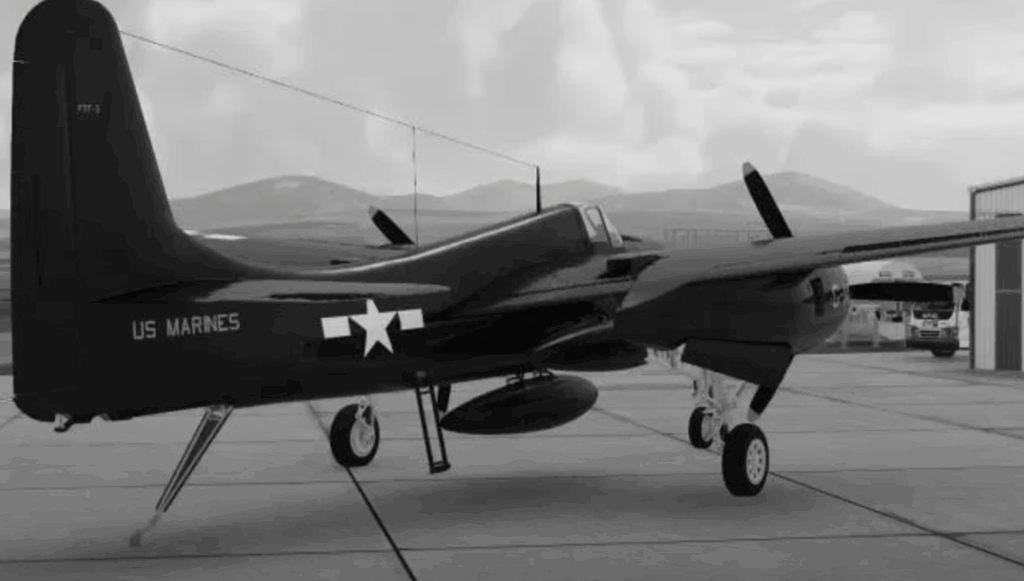
A Slow Start and Delays
Though both the XF7F-1 and XF6F-1 (which became the Hellcat) were ordered on the same day, the Navy prioritized the Hellcat. This caused the Tigercat’s development to be delayed by nearly a year. By 1943, work had resumed, and in September, a mockup was ready. This new aircraft would be much larger than the Hellcat, both in length and wingspan. It earned the nickname Tigercat, after Grumman’s original idea of calling it the Tomcat was rejected.
With a wingspan of nearly 52 feet and an empty weight of over 16,000 pounds, the Tigercat was much heavier than the Hellcat. But its two R-2800 engines, upgraded to 2,100 horsepower each, gave it the performance to match its size. In place of a nose engine, the Tigercat featured four .50 caliber machine guns in the nose and four 20 mm cannons in the wings, making it heavily armed for both air combat and ground attack.
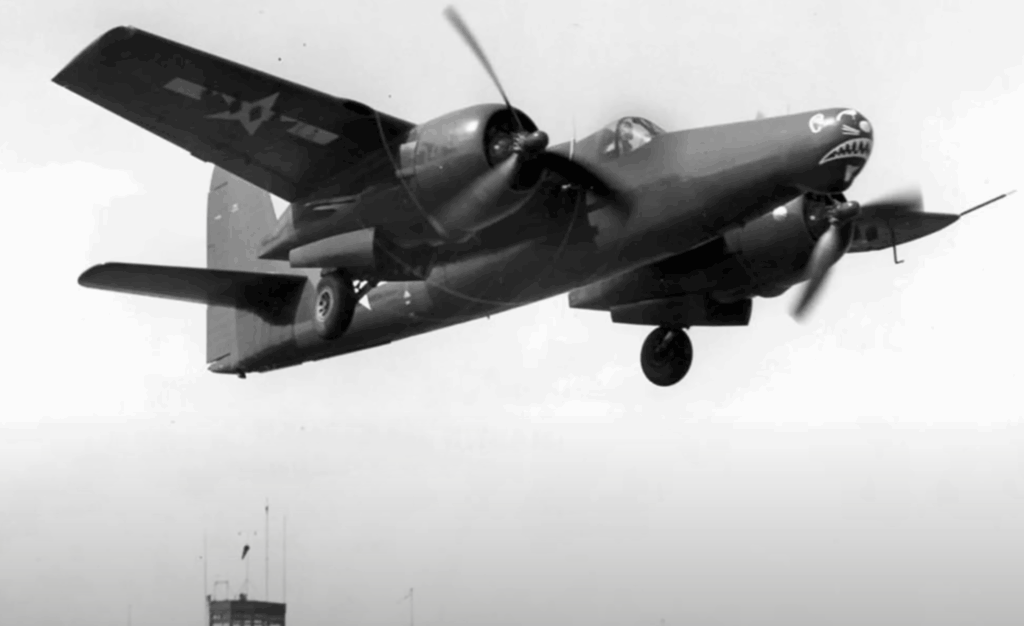
Power and Firepower
The Tigercat wasn’t just built for dogfighting. It had the ability to carry bombs and rockets, including two 1,000-pound bombs or up to eight rockets under its wings. Its strong landing gear allowed it to carry torpedoes or extra fuel tanks under the fuselage. It could take on almost any mission thrown at it.
Flight testing began in November 1943. While its speed and firepower were praised, issues surfaced quickly. If one engine failed during takeoff or landing, directional control became difficult. The plane also had trouble recovering from spins. Unlike the Wildcat and Hellcat, which could recover from long spins, the Tigercat tended to enter a flat spin that could be unrecoverable. These concerns limited what pilots were allowed to do with it.
Testing and Setbacks
One military test pilot tried pushing the Tigercat further. When it entered a flat spin after four turns, it never recovered and crashed, killing the pilot. Despite that, the aircraft’s performance remained impressive. The Navy went ahead and placed an order for 500 aircraft. Tigercats were originally intended to be used on the new 45,000-ton Midway-class carriers.
The first production Tigercats rolled out in April 1944, configured as night fighters. These models included radar equipment in the nose and eventually a second seat for a radar operator. Although more than 360 Tigercats were built, many never saw combat due to the end of the war and the rise of jet aircraft.
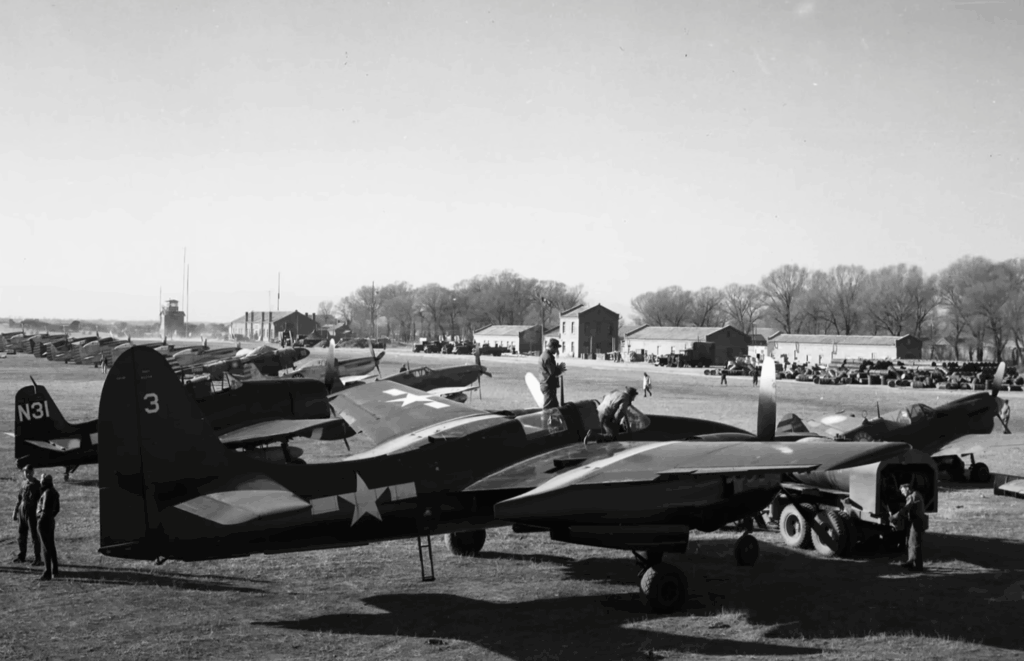
Carrier Operations and Combat Use
Carrier tests exposed problems. The Tigercat’s landing gear design and high takeoff speeds didn’t meet Navy requirements. One test ended with a broken wing panel on landing. Grumman made improvements, including a new hook, stronger frame, and better landing gear. This updated version passed carrier tests, but only 12 were built.
As a result, early Tigercats were given to Marine units for shore-based operations. In summer 1945, Marine Night Fighter Squadron 531 flew F7F-2N models in Okinawa, though they arrived just as the war ended. Other Marine squadrons used Tigercats for photo reconnaissance work in China and the Pacific. The aircraft’s performance made it useful, even if it hadn’t yet seen full-scale combat.
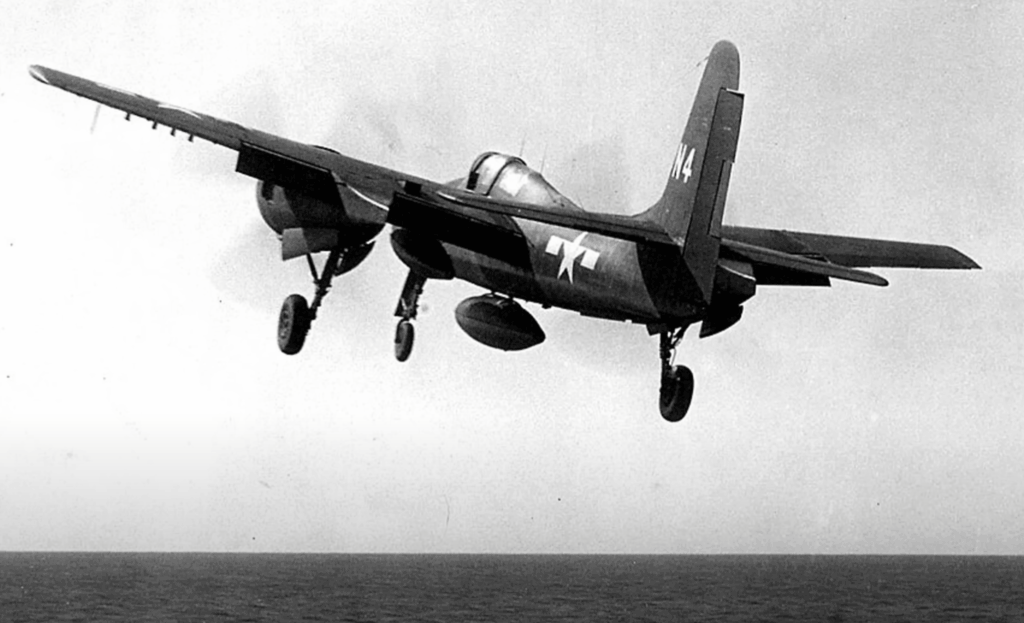
Service in Korea and Retirement
When the Korean War broke out, Tigercats were finally used in combat. Two Marine squadrons flew night missions and provided ground support in the early phase of the conflict. However, jet fighters soon took over, and the Tigercat was withdrawn. It was officially retired from military service in 1954.
Without a long combat record, the Tigercat didn’t produce a list of aces or many famous missions. But some pilots appreciated it. British test pilot Eric “Winkle” Brown called it one of the best medium-altitude day fighters he had flown. He praised its comfort, performance, and firepower, even if it came too late to show what it could really do.
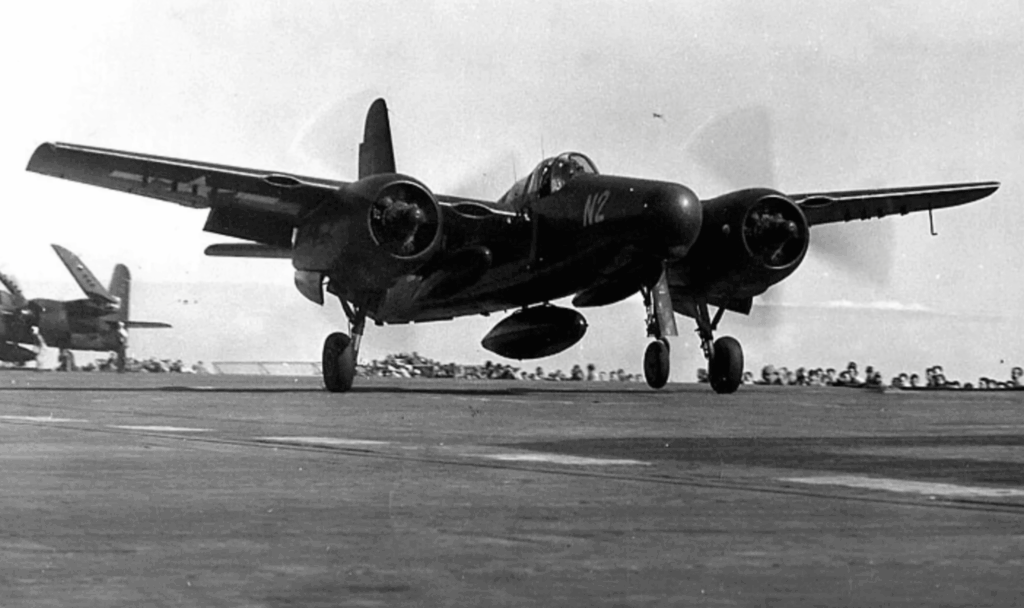
Postwar Roles and Legacy
After retirement, many Tigercats were converted into firefighting aircraft. With their powerful engines and large payload, they were perfect for carrying flame retardants. These modified planes fought forest fires well into the following decades. Their continued use helped preserve many of the aircraft from being scrapped.
Today, several Tigercats survive in museums and private collections. Visitors can see them at the National Museum of World War II Aviation in Colorado and the Planes of Fame Museum in California, among others. Though it arrived too late for full-scale use in WWII, the Tigercat remains one of the most remarkable aircraft Grumman ever produced.
